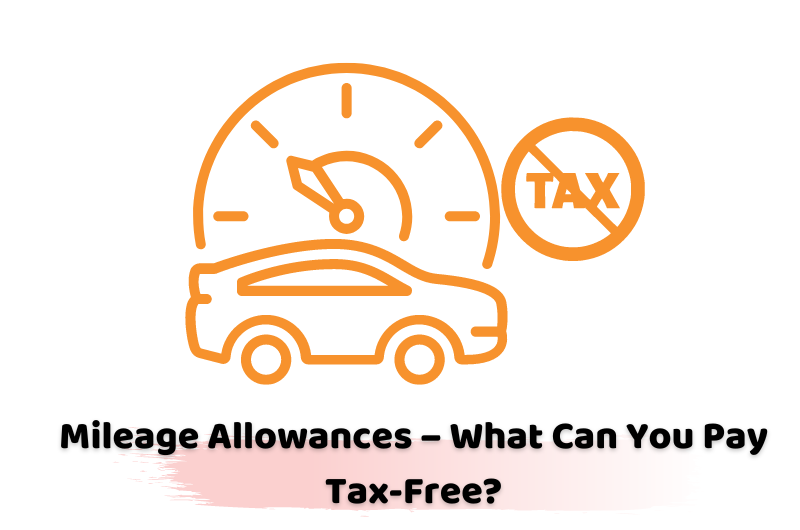Employees often need to undertake business trips and it is common practice to reimburse the employee’s fuel costs by means of a mileage allowance. The tax rules allow mileage payments to be made tax-free up to certain limits. However, the rules are different depending on whether the employee is driving their own car or a company car.
Employees Using their Own Cars
If an employee uses their own car for business, you can pay mileage allowances tax-free up to the ‘approved amount’. This is set for the tax year, rather than for each individual journey, and is found by multiplying the business mileage in the tax year by the approved mileage rate. For cars and vans, the approved mileage rate is set at 45p per mile for the first 10,000 business miles in the tax year and at 25p per mile for any further business miles. For motorcycles, the rate is 24p per mile and for cycles the rate is 20p per mile.
The approved amount is the maximum amount that can be paid tax-free, even if the actual cost exceeds the approved amount.
Example
An employee drives 12,000 business miles in the tax year using his own car. The maximum that can be paid tax-free is £5,000 (10,000 miles @ 45p per mile plus 2,000 miles @ 25p per mile).
If the amount that is paid is less than the approved amount, the employee can claim tax relief for the difference between the approved amount and the mileage allowance paid, if any.
If the employee gives a lift to one or more colleagues, you can also make a tax-free passenger payment of 5p per passenger per business mile. There is no corresponding relief if you choose not to make passenger payments.
Company Car Drivers
If an employee has a company car but pays for the fuel, you can meet the cost of business mileage tax-free, as long as the amount paid does not exceed the current advisory fuel rate. The advisory fuel rates are set by HMRC and are updated quarterly. They are lower than the approved mileage rates because the approved rates also reflect depreciation and running costs, as well as the cost of the fuel. By contrast, the advisory rates are fuel-only rates.
The advisory rates applying from 1 March to 31 May 2023 are as shown in the table below.
| Engine size | Petrol – rate per mile | LPG – rate per mile |
| 1,400cc or less | 13p | 10p |
| 1,401cc to 2,000cc | 15p | 11p |
| Over 2,000cc | 23p | 17p |
| Engine size | Diesel – rate per mile |
| 1,600cc or less | 13p |
| 1,601cc to 2,000cc | 15p |
| Over 2,000cc | 20p |
If the employee drives an electric company car, you can pay a mileage rate of 9 pence per mile tax-free.
Partner Note: ITEPA 2003, ss. 229–235; www.gov.uk/guidance/advisory-fuel-rates.





















































